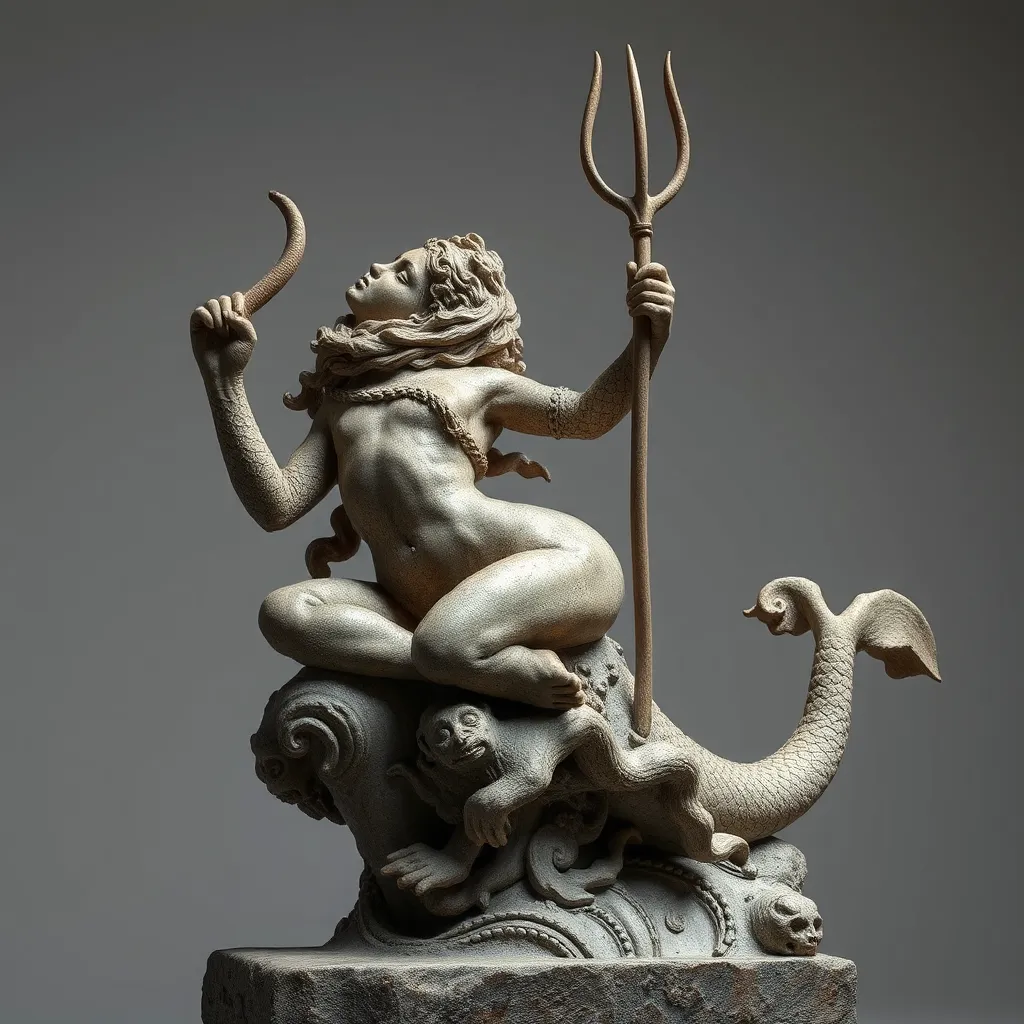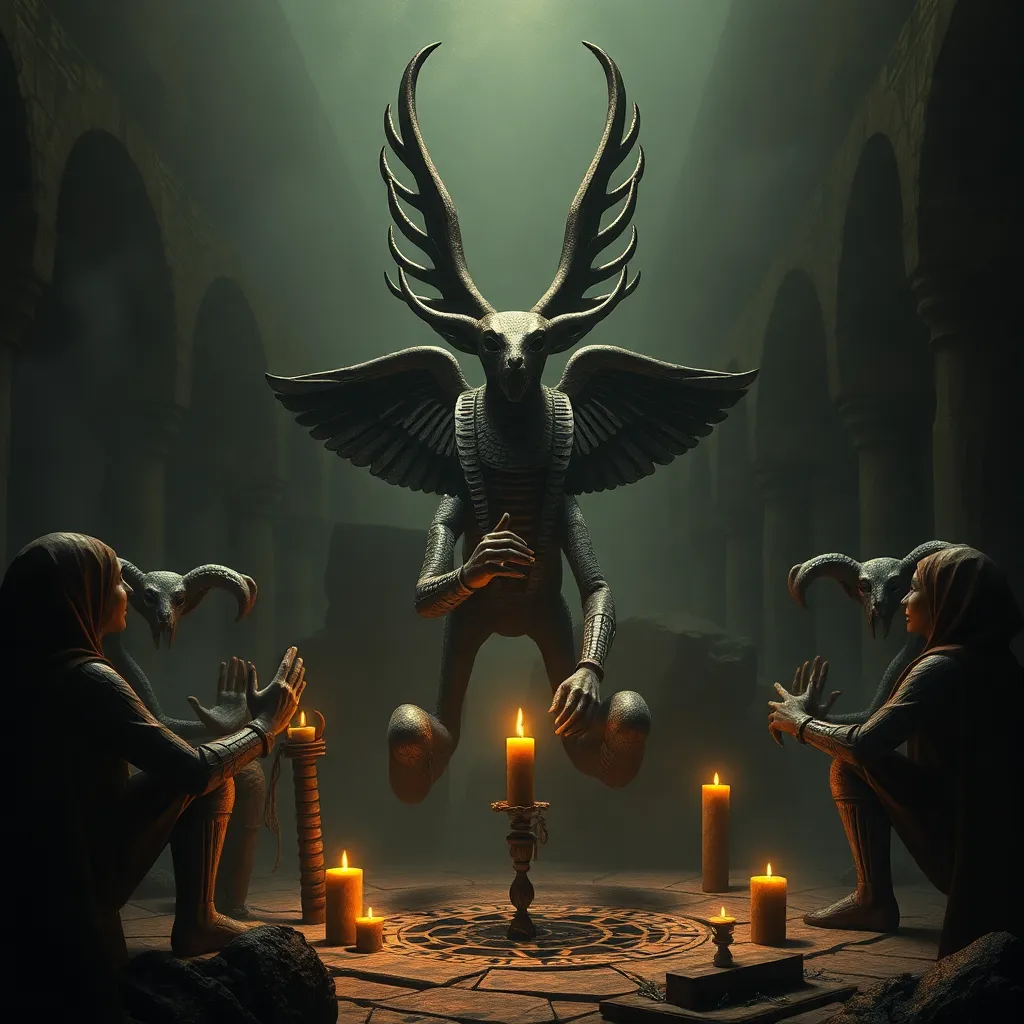Anubis: The Egyptian God of the Afterlife – A Guide to His Role in the Underworld
I. Introduction
Anubis, the ancient Egyptian god associated with the afterlife, holds a significant place in Egyptian mythology. Often depicted as a jackal or a man with a jackal’s head, Anubis’s primary role was to guide souls through the afterlife and ensure they received a proper burial. The concept of the afterlife was vital to ancient Egyptian culture, influencing their funerary practices, beliefs, and daily life.
This article aims to explore the multifaceted role of Anubis in ancient Egyptian culture, his historical context, iconography, and the rituals associated with him, as well as his lasting impact on modern culture.
II. Historical Context of Anubis
The origins of Anubis can be traced back to the early dynastic period of Egypt, around 3100 BCE. Initially, he was considered a deity of the dead, closely associated with the funerary rites and the protection of graves.
Over time, Anubis’s role evolved considerably:
- Old Kingdom: Anubis was revered as the main god of the dead, overseeing mummification and the protection of the deceased.
- Middle Kingdom: His role expanded, and he became associated with the judgment of souls.
- New Kingdom: Anubis’s prominence was challenged by Osiris, but he retained his status as a protector of the dead.
In comparison to other deities in Egyptian mythology, Anubis was unique due to his direct association with death and the afterlife, a theme that permeated ancient Egyptian beliefs.
III. Iconography and Symbols of Anubis
Anubis’s physical appearance is one of the most recognizable aspects of his iconography. He is typically depicted as a black jackal or a man with a jackal’s head, symbolizing his connection to the grave and the afterlife.
The symbolism of the jackal is significant:
- Jackals were often seen scavenging in cemeteries, which linked them to the dead.
- The color black represented the fertile soil of the Nile, symbolizing rebirth and regeneration.
Artistic representations of Anubis can be found in tombs and temples, showcasing his importance in ancient Egyptian culture. Many artifacts depict him performing mummification, guiding souls, or overseeing the weighing of the heart ceremony.
IV. Anubis’s Role in the Afterlife
Anubis’s responsibilities as the God of the Afterlife were numerous and crucial for the deceased:
- He oversaw the mummification process, ensuring the body was preserved for the afterlife.
- Anubis acted as a guide for souls navigating the underworld.
- He protected the dead from malevolent forces.
The process of mummification was of utmost importance, as it was believed that the preservation of the body was essential for the soul’s journey. Families would often seek the favor of Anubis during this process to ensure their loved ones were properly prepared for the afterlife.
V. The Weighing of the Heart Ceremony
One of the most significant aspects of Anubis’s role in the afterlife was his involvement in the weighing of the heart ceremony. This ceremony held deep significance within Egyptian beliefs:
- It was believed that after death, the heart of the deceased would be weighed against the feather of Ma’at, the goddess of truth and justice.
- Anubis played a crucial role in this judgment, weighing the heart to determine the soul’s fate.
- If the heart was lighter than the feather, the soul would be granted passage to the afterlife; if heavier, it would be devoured by Ammit, a fearsome creature.
This judgment reinforced the importance of living a righteous life, as the consequences were dire for those who failed the test.
VI. Worship and Cult of Anubis
Anubis was widely worshipped throughout ancient Egypt, and various temples and shrines were dedicated to him. Some of the most notable include:
- The Temple of Anubis at Saqqara.
- Various chapels within the Valley of the Kings.
Rituals and offerings to Anubis were integral to funerary practices. Families would provide food, incense, and other offerings to ensure his favor and protection for their deceased loved ones. His prayers were often recited during funerals to invoke his guidance and protection.
VII. Anubis in Modern Culture
Anubis’s influence extends beyond ancient Egypt, finding a place in contemporary literature and media. His representation in popular culture is widespread:
- Films such as “The Mummy” and various animated features depict Anubis as a powerful, mystical figure.
- Video games often incorporate Anubis as a character, showcasing his role as a guardian of the underworld.
- Literature, particularly fantasy novels, frequently draws on Anubis’s imagery and mythology.
The enduring legacy of Anubis reflects humanity’s fascination with death, the afterlife, and the mysteries that surround them, continuing to inspire modern spirituality and interest in ancient beliefs.
VIII. Conclusion
Anubis remains a significant figure in the context of the afterlife, embodying the ancient Egyptians’ complex beliefs about death and the journey beyond. His multifaceted role as a protector, guide, and judge of souls highlights the importance of understanding ancient cultures and their views on life and death.
By exploring Anubis’s significance, we gain insight into the rich tapestry of Egyptian mythology and the values that shaped an entire civilization. This understanding invites further exploration of the broader themes and figures within ancient Egyptian beliefs.



